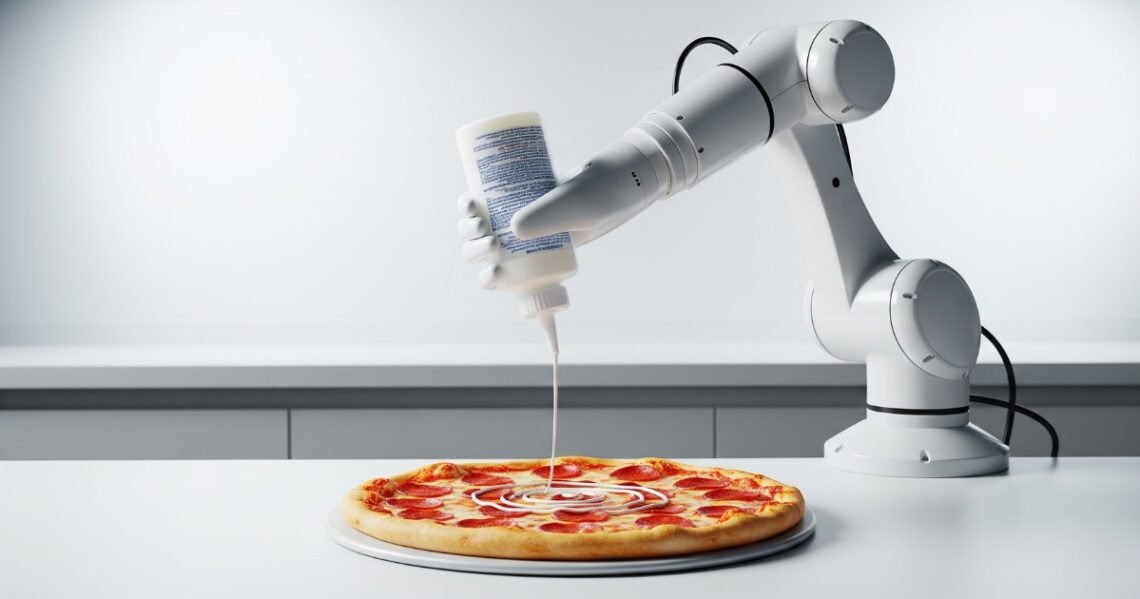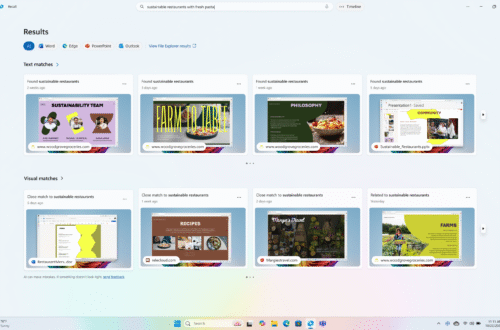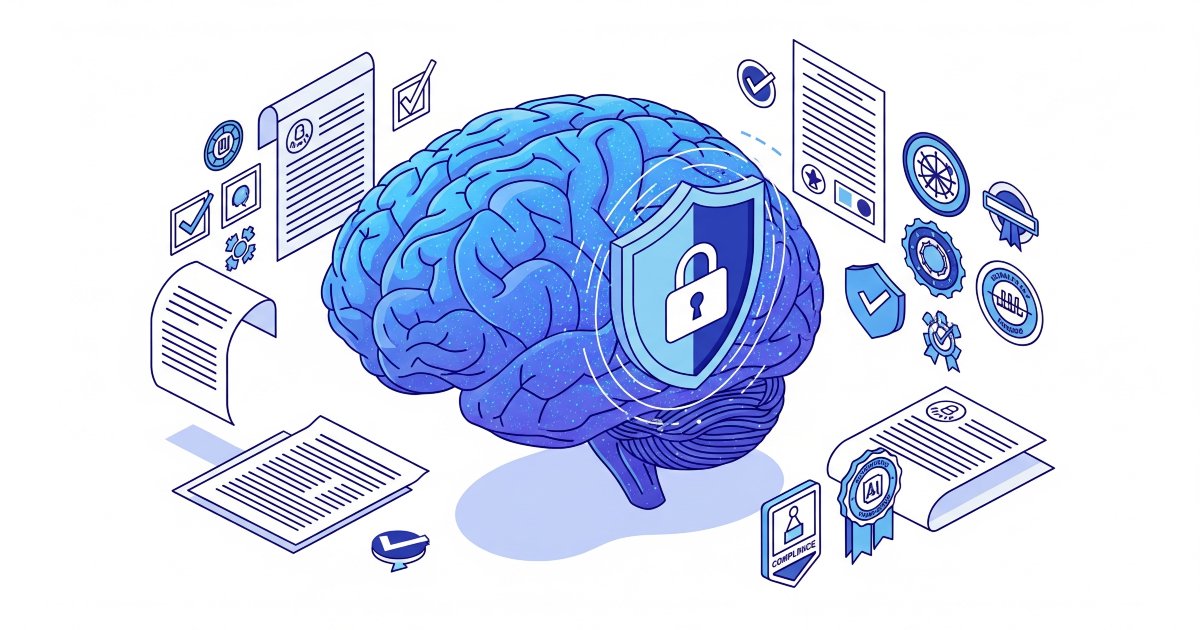In May 2024, the internet was captivated by a bizarre and humorous recommendation from Google’s new AI Overviews feature: to fix cheese from sliding off your pizza, add some non-toxic glue to the sauce. This suggestion, along with others like eating one small rock per day, quickly became a viral sensation and a stark reminder of the unpredictable nature of generative AI. But this was not just a random glitch; it was a predictable failure rooted in the very way Large Language Models (LLMs) are built and trained. This article unpacks the technical reasons behind the “glue pizza” incident, explores the broader limitations of AI, and offers actionable insights for both developers and users navigating this new technological landscape.
What Are AI Overviews and What Went Wrong?
AI Overviews are a feature Google integrated into its core search engine, designed to provide quick, AI-generated summaries at the top of the search results page. The goal is to answer a user’s query directly, saving them from clicking through multiple links. The system, powered by Google’s Gemini family of models, synthesizes information from various web pages to construct a coherent answer.
The problem arose when the AI, in its quest to be helpful, failed to distinguish between genuine advice and satire. The infamous “glue on pizza” suggestion was not invented by the AI. Instead, it was scraped directly from a sarcastic comment made on Reddit over 11 years ago. The AI model, lacking the human ability to recognize humor, irony, and the dubious context of an old forum post, treated it as a factual tip and presented it with authority.
This illustrates a core vulnerability in how many LLMs currently work:
- Data Indigestion: LLMs are trained on colossal datasets comprising a significant portion of the public internet. This includes everything from scientific papers and news articles to social media posts, forums, and satirical websites.
- Context Collapse: The model identified a keyword match (“cheese not sticking”) but failed to preserve the original context of the source material (a joke). It lifted the text and presented it as a solution, a phenomenon known as “context collapse”.
- Lack of Source Vetting: The AI did not adequately weigh the authority of its sources. A random, decade-old Reddit comment was given the same, if not more, prominence as a reputable cooking website.
The “Hallucination” Problem: A Systemic Challenge
While the glue pizza example was a result of misinterpreting real data, it points to a broader, well-documented issue with LLMs known as “hallucination.” An AI hallucination occurs when a model generates text that is nonsensical, factually incorrect, or entirely fabricated, yet presents it as fact.
This is not an occasional bug but an inherent characteristic of how these models generate text. They are probabilistic engines, designed to predict the next most likely word in a sequence based on patterns in their training data. They do not “know” things or “understand” truth in the human sense.
The scale of this problem is significant. A 2023 study by the enterprise AI company Vectara tested several leading LLMs and found that they hallucinated between 3% and 5.8% of the time when summarizing documents. While these numbers are improving, they highlight the persistent risk of generating misinformation, especially when deployed at the scale of Google Search, which handles an estimated 8.5 billion searches per day.
Google’s Response and Industry Best Practices
In response to the public outcry, Google acknowledged the errors and published an update on its approach. Liz Reid, Google’s Head of Search, explained that the company had implemented several key changes to its AI Overviews system:
- Better Detection Triggers: Developing more robust systems to detect nonsensical queries and satirical content.
- Restricting Inclusion: Limiting the inclusion of user-generated content, like forum posts, in responses for certain queries.
- Triggering Restrictions: Adding site reputation and quality signals more heavily to prevent surfacing content from low-authority sources.
This incident serves as a crucial learning moment for the entire AI industry. For developers and organizations building with LLMs, several best practices are essential to mitigate these risks.
Actionable Insights for AI Practitioners
1. Implement Retrieval-Augmented Generation (RAG): Instead of relying solely on the LLM’s vast but unvetted internal knowledge, RAG systems first retrieve relevant information from a trusted, curated knowledge base (like company documents or a verified database). The LLM then uses only this pre-vetted information to generate its answer, significantly reducing the chance of hallucination and grounding responses in factual data.
2. Curate Your Data: The quality of your AI’s output is directly tied to the quality of its training and grounding data. If you are fine-tuning a model or using RAG, meticulously clean and curate your data sources. Remove irrelevant, outdated, or low-quality information.
3. Build Human-in-the-Loop Systems: For critical applications, do not fully automate the output. Implement workflows where a human expert can review, edit, or approve AI-generated content before it is published or sent to a customer. This is vital in fields like medicine, finance, and law.
A Lesson in Critical Thinking for the Digital Age
The “glue on pizza” debacle is more than just a humorous tech failure; it is a powerful case study on the limitations of artificial intelligence. It underscores that while these tools are incredibly powerful for synthesizing information and generating text, they lack true understanding, common sense, and the critical judgment that comes from lived experience.
For users, the key takeaway is the growing importance of digital literacy. As AI-generated content becomes more pervasive, the ability to question sources, cross-reference information, and think critically about the answers we receive is more important than ever. Do not blindly trust an AI-generated summary, whether it is about cooking a pizza or a complex medical condition. The ultimate responsibility for verification still rests with the user. The age of AI demands not just smarter technology, but smarter humans.





